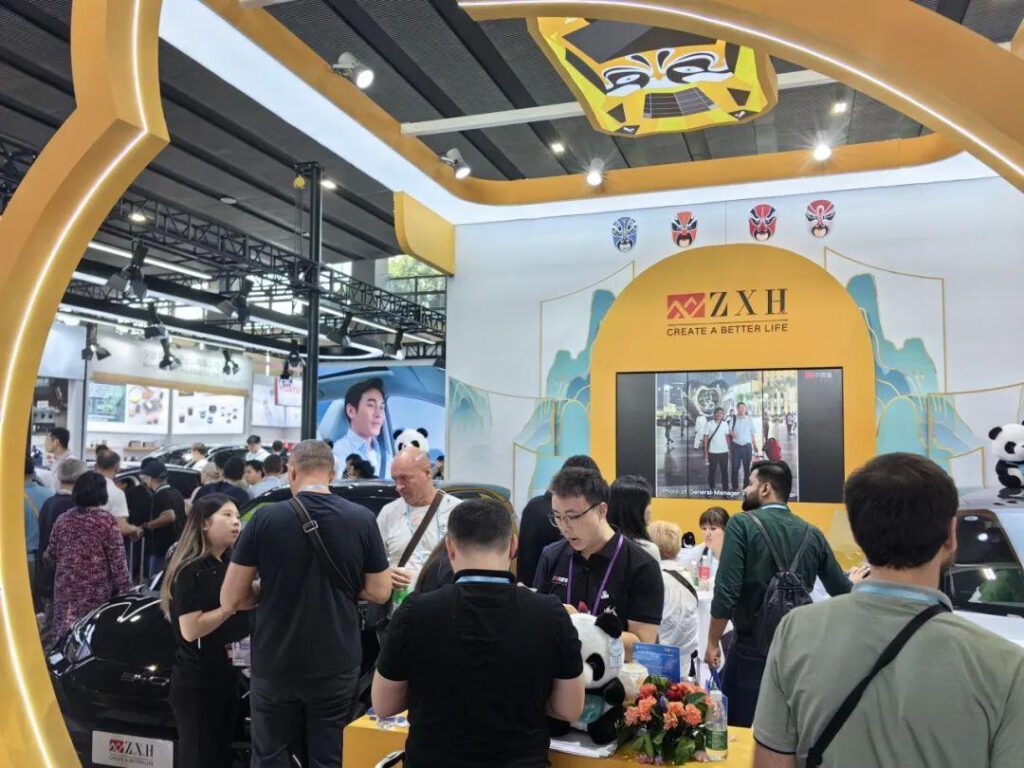
China plays a pivotal role in advancing global openness. During the last APEC summit, Notably, Chinese President Xi Jinping and American President Joe Biden were committed to revitalizing economic ties and upholding an open trade and investment framework. President Xi has further provided pivotal guidance on the future of Sino-U.S. economic collaboration and fostering a conducive global development environment.
International trade often serves as a more pronounced indicator, declining more sharply in downturns and rebounding more swiftly in upturns compared to the global economy. To illustrate, while international trade contracted more than GDP in 2019 and 2020, it rebounded robustly in 2021 and 2022 post-pandemic, outpacing global GDP growth. This surge elevated global trade’s proportion relative to global GDP to a historic peak, underscoring the continued momentum of globalization.

Examining the Transnationality Index, derived from metrics like overseas assets, sales, and employees of the top 100 multinationals, offers insights into the global division of labor. Despite a dip in 2020 due to the pandemic, it rebounded annually in 2021 and 2022, nearing its pre-pandemic levels. This index not only reflects foreign investments but also underscores the multinational corporations’ global footprint.
In the post-pandemic era, globalization recovery has outpaced overall global economic growth. The digital sector, with giants like Google, Amazon, Tencent, and Alibaba leading, has been pivotal in this resurgence. These digital behemoths have witnessed rising overseas assets, sales, and profits, capitalizing on the expansive digital realm.
As a rising economy, while China dominates certain burgeoning sectors like photovoltaics, wind power, and new energy vehicles on the global stage, these industries are heavily reliant on international markets and resources. Chinese electric vehicles and photovoltaic modules, for instance, enjoy substantial market shares globally. Yet, for an economy of our scale – surpassing $100 trillion – the demands of these nascent industries for global markets and resources are inexorable. Their growth and innovation are intrinsically tied to global access.
It’s crucial to grasp the evolving dynamics and challenges within the current phase of globalization. Initially, Chinese industries complemented those of multinational corporations. Chinese industries specialized in producing items like garments, textiles, footwear, and accessories while importing high-value consumer goods and advanced production equipment. This symbiotic relationship led to mutual benefits through international trade.

In recent years, many Chinese industries began directly competing with multinational counterparts. These corporations recognize the immense potential of China’s burgeoning domestic market, coupled with its rapidly expanding middle- and high-end consumer base. Additionally, they acknowledge Chinese industries’ comprehensive competitive edge and robust industrial chain capabilities. This continues to fuel their eagerness to invest in and collaborate with China. However, they are also increasingly cognizant of the intense competition they face both in China’s domestic market and internationally, leading to some strained relations.
The recent dip in foreign investment over the past ten months stems from a myriad of reasons. It would be overly simplistic to attribute this solely to dwindling confidence among foreign investors in the Chinese market or perceived shortcomings in China’s business environment.
Certainly, there are multiple factors driving the evolving landscape of foreign investment in China:
First, the era where multinational corporations could simply enter China and expect to dominate is evolving. Many global enterprises are now finding it challenging to compete effectively within the Chinese market. Over the past decade, several international giants have either scaled down their operations or exited the Chinese market. This shift reflects China’s economic maturation and the emergence of formidable local competitors. It’s not necessarily an indictment of the Chinese market’s viability but rather a testament to its growing competitiveness.

Second, China’s economic landscape has undergone significant transformation. As China’s per capita income and labor costs have risen, some businesses that once benefited from China’s cost advantages are re-evaluating their strategies. This has led certain enterprises to explore other countries, such as India and Vietnam, which offer competitive labor costs combined with a solid industrial foundation. This scenario mirrors China’s own strategies from the past, when it attracted investments from Japan and South Korea during the ’80s and ’90s.
Third, Multinational corporations are increasingly wary of over-reliance on any single market or country. In an unpredictable international environment, where geopolitical tensions can disrupt supply chains and operations, businesses are diversifying their investments and operations globally. This diversification isn’t indicative of a lack of confidence in China but rather a strategic response to global uncertainties.
While China has made significant strides in opening up its market and improving its business environment, there’s recognition that further enhancements are needed. By reducing restrictive measures through the negative list, China aims to bolster confidence among foreign investors. Given the global trend of countries enhancing policies to attract foreign investment, China must remain agile and responsive to maintain its competitive edge.
Despite the shifts in global supply chains, many multinational corporations still perceive China as having distinct advantages in manufacturing. Factors such as cost-efficiency, timely delivery, quality, and robust logistical capabilities make China an attractive destination. Some companies that relocated their operations have even reconsidered and returned to China, acknowledging these benefits.

Notably, top executives from leading multinational corporations continue to engage with Chinese stakeholders since May 2023. Their visits underscore a commitment to fostering collaboration and exploring mutual growth opportunities, even amidst global ideological tensions. Rather than seeking confrontation, these visits likely aim to forge stronger partnerships and leverage China’s vast market potential.
While emphasizing cooperation, China recognizes the importance of bolstering its indigenous innovation and capabilities, especially in critical sectors. In the face of evolving global dynamics, striking a balance between leveraging foreign expertise and fostering domestic innovation becomes crucial. By integrating foreign technologies judiciously, China can propel its technological advancements to new heights.
In essence, China’s approach to foreign investment and trade underscores a nuanced strategy that embraces collaboration, fosters innovation, and capitalizes on its inherent strengths.
(Source: Institute of Public Policy, South China University of Technology)



